Sympathomimetic toxidrome is a syndrome where patients suffer from toxic effects that is exerted upon the autonomous sympathetic nervous system.
Wait, now you are confusing me.
To know what sympathomimetic toxidrome is, we first need to understand the term “sympathomimetic” and the sympathetic nervous system.
Have you ever felt your heart beating very hard and fast when you’re watching a horror film? Or sweat profusely when waiting for your exam results to be released?
These are all effects through the activation of the sympathetic nervous system. This set of nervous system controls your ‘fight or flight’ response. When humans are in danger or excited, our innate ability for survival, the sympathetic nervous system, is activated. This increases heart rate and blood pressure to ensure that sufficient oxygen and blood are supplied to the muscles, the brain and the heart. Increased sweating is to cool off the excess body heat produced by the musculature during the ‘fight or flight’ response. The pupil in the eye becomes dilated to allow the entry of more light, so that your senses are heightened. This prepares the person to either fight or flee from the upcoming danger. All these responses are normal and very important for survival.
Problems occur when these responses are over-activated. It is this over-and-prolonged activation of the sympathetic nervous system that is known as sympathomimetic toxidrome.
Over-activation of sympathetic nervous system beyond the normal ‘fight or flight’ response.
When in a dangerous or exciting situation, the activation of the ‘fight or flight’ response is usually appropriate and subsides once the situation is resolved. However, a dangerous or exciting situation is not the only trigger that activates these responses. Many drugs and medications can also activate the sympathetic nervous system.
Medications to relieve asthma or blocked nose activate the sympathetic nervous system. While these medications are very safe at prescribed doses, accidental or deliberate overdose can cause sympathomimetic toxidrome.
Foods, herbs and supplements that contain high amounts of caffeine or ephedra alkaloids also do the same thing.
Lastly, drugs such as MDMA (ecstasy), cocaine, amphetamines and methamphetamines can also trigger the same toxidrome.
These medications, drugs, foods or supplements contain active substances that activate the sympathetic nervous system. Unlike the body’s natural response to threatening situations which is tightly regulated by your body’s own regulatory mechanisms, these active substances may be taken in high doses, causing an over activation of the sympathetic nervous system. Furthermore, these active substances may persist in the body for a longer period of time as compared to the ‘fight or flight’ response before they are excreted from the body.
It is this prolonged period of over-activated sympathomimetic nervous system that is harmful to the body.
That sounds scary. What will happen in a person with sympathomimetic toxidrome?
In an individual with sympathomimetic toxidrome, he or she may experience:
- Headaches
- Dizziness
- Nausea/Vomiting
- Palpitations
- Tremors in hands
- Profuse sweating
- Uneasiness
- Confusion
If the toxidrome is not controlled, it may lead to complications listed below:
- Overheating of the body
- Seizures
- Extremely high blood pressure which can lead to strokes
- Heart attacks
- Heart rhythm problems
- Psychosis
How do I know if I have sympathomimetic toxidrome?
Ask yourself if you have taken anything that may cause sympathomimetic toxidrome, these include:
- Asthma Medications
- Cough and cold preparations
- Supplements and herbs that contain ephedra
- e.g. Ma Huang
- Ilicit drugs
- Food containing high amounts of caffeine
- Unlicensed weight loss pills
If you did consume any of these and experience the above-mentioned symptoms, do seek medical help immediately.

Is there a cure?
While there are antidotes to certain drugs that causes sympathomimetic toxidrome, there is no antidote to the toxidrome itself. However, it can be managed successfully in a hospital. Healthcare providers will usually decontaminate patients (if possible) while controlling other potentially life threatening complications (such as high blood pressure, confusion, etc) with medications as the active substances will be excreted by the body naturally over time.
References
- Myers J, Neighbors M, Tannehill-Jones R. Principles of pathophysiology and emergency medical care. Albany: Delmar/Thomson Learning; 2002.
- Longo D, Harrison T. Harrison’s principles of internal medicine. New York: McGraw-Hill, Medical; 2012.
- Rhyee S. UpToDate [Internet]. General approach to drug poisoning in adults. 2018 [cited 30 January 2018]. Available from: https://www.uptodate.com/contents/general-approach-to-drug-poisoning-in-adults
- Image source: http://img1.aksam.com.tr/imgsdisk/2017/08/10/100820171316513830185_2.jpg










